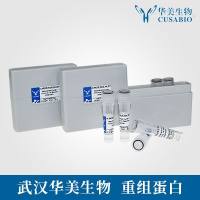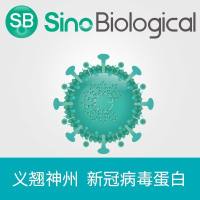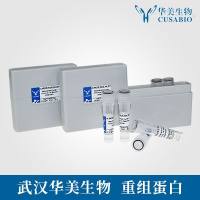Protein-Thiol Oxidation, From Single Proteins to Proteome-Wide Analyses
互联网
互联网
相关产品推荐

Mallory's Phosphotungstic Acid Hematoxylin Stain Kit (PTAH Natural oxidation)(S0065)-3×100ml
¥480

yscM/yscM蛋白/yscM; Yop proteins translocation protein M蛋白/Recombinant Yersinia enterocolitica Yop proteins translocation protein M (yscM)重组蛋白
¥69

Coronavirus Nucleocapsid重组蛋白|Recombinant SARS-CoV-2 Nucleocapsid-AVI&His recombinant Protein,Biotinylated
¥4520

Protein Quantification Kit, wide range(C5075)-100T/500T
¥200

Recombinant-Cronobacter-sakazakii-Thiol:disulfide-interchange-protein-DsbDdsbDThiol:disulfide interchange protein DsbD EC= 1.8.1.8 Alternative name(s): Protein-disulfide reductase; Disulfide reductase
¥13720
相关问答

